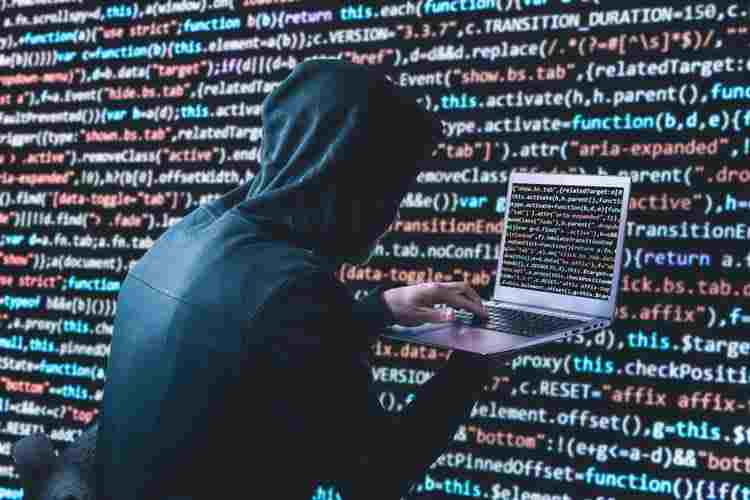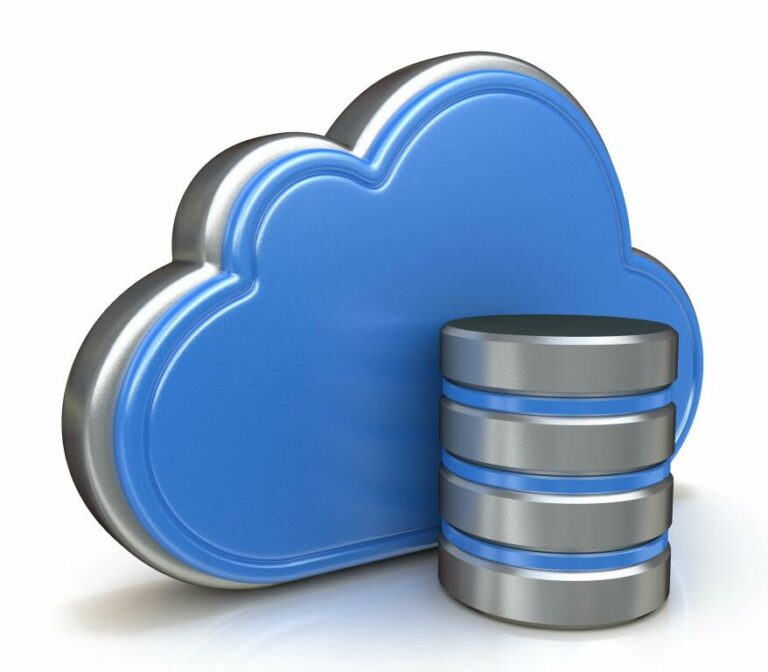What Is A Drone? Drone Definition And Uses
Content
Short-range drones travel up to 90 miles and are used primarily for espionage and intelligence gathering. Mid-range UAVs have a 400-mile distance range and could be used for intelligence gathering, scientific studies and meteorological research. The longest-range drones are called “endurance” UAVs and have the ability to go beyond the 400-mile range and up to 3,000 feet in the air.
Today’s drones are much more advanced than the UAVs of yesteryear, equipped with thermal imaging, laser range finders and even tools to perform airstrikes. One of the most prominent military drones in use today is theMQ-9 Reaper. The aircraft measures 36 feet long, can fly 50,000 feet in the air undetected and is equipped with a combination of missiles and intelligence gathering tools. The increased domestic use of small unmanned aerial devices known as drones have spurred enthusiasm from law enforcement officials to amateur photographers.
Great Companies Need Great People That’s Where We Come In
Both in war and at home, drones are developing fast and gaining control. Take a look and fly your drone like a gentleman – or simply like a professional. # Computer vision is another key technology for making drones smarter. # AI can be used to automate the control of drones, including their navigation and movement. Artificial intelligence can be defined as a system’s ability to correctly interpret external data, learn from such data, and use those learnings to achieve specific goals and tasks through flexible adaptation. For a system to be truly considered ‘intelligent’, it needs to exhibit all three of these key features.
By dynamically altering the GPS coordinates in real-time, the drone’s position can be controlled by the spoofer. Once control is gained the drone can be directed to a ‘safe zone’, for example. Detects all drones within the near-field, including those operating autonomously (without (RF-emissions). Detects drones in the ground clutter where other technologies can struggle. Doesn’t always locate and track drones, can’t detect autonomous drones, less effective in crowded RF areas, typically short range.

For example, DJI’s Mavic Air 2 has the potential to fly up to 18 km away from the controller, with a 10 km video transmission range. We should be careful to not craft hasty legislation based on emotionally charged rhetoric. For evidence that this flight log approach works, one need only look across the Atlantic to the United Kingdom where many police departments publish their helicopter flight logs on their webpage; in fact some even live tweet their helicopter’s activities. At the moment of collection up to 30 days after collection, information should be treated like any other contemporaneous or near contemporaneous observation. Agents of government should be able to monitor aerial surveillance in real time or near real time just as they observe CCTV’s in real time or near real time.
The Drone Girl
They are increasingly being used in a variety of commercial and military applications. Outright bans on the use of drones and broadly worded warrant requirements that function as the equivalent of an outright ban do little to protect privacy or public safety and in some instances will only serve to protect criminal wrongdoing. Legislators should instead enact legislation that maintains the current balance between legitimate surveillance and individuals’ privacy rights.

These robot-like aircrafts can be found rescuing avalanche victims as well as dropping off groceries at your doorstep — and almost everywhere in between. Technology continues to evolve at such a rapid pace that it is possible drones and other aerial surveillance technologies may enable targeted surveillance that protects privacy, while still allowing for the collection of evidence. Technology can further the goal of privacy by using geofencing technology to only collect evidence from specific locations, and using redaction programming to automatically obscure information at the point of collection. Creative legislators can embrace technology by writing laws requiring that aerial surveillance devices have systems to protect privacy.
How Far Can A Drone Fly?
But your situational awareness, and ability to deploy countermeasures is greatly enhanced if you know the drone’s (and/or the controller’s) exact location. Some equipment will even allow you to track the drone location in real-time. Flying a drone out of range will cause you to lose your video feed, and you’ll be at risk of losing your drone, or worse, your drone flying away and crashing it into something.
But the evolving use of the technology has also triggered privacy concerns. Hari Sreenivasan reports on the debate surrounding acceptable uses of domestic drones. A highly specialist service, our drone surveillance teams are expertly trained to covertly deploy and capture high definition photography and 4K video. The team can infiltrate, deploy the drone, capture intelligence and ex-filtrate undetected.
This is not a problem unique to drones, but is rather a recurring theme in critiques of all video and still imagery collection. Legislators should adopt policies that address collection and retention of information in a way that focuses on the information that is collected, how it is stored, and how it is accessed, rather than the particular technology used to collect the information. Thus, while this section speaks specifically about drones, the principles articulated here apply to all forms of video and imagery collection. Widespread drone use would require building infrastructure from scratch for launch pads, landing pads, and secure software that supports autonomous flying vehicles. There’s also been talk of needing smart mailboxes to accommodate drone delivery, where recipients are alerted via their phone when a drone is approaching, and they remotely open the mailbox to allow the drone to deposit the goods.

Alternatively, if you buy the dedicated controller, you can operate the Spark up to 2 Km away . A drones transmission system can greatly affect a drones flying distance. There has been numerous reports of weak signals and loss of connections on this drone, which uses Enhanced WiFi. However, DJI’s Mavic Air 2 uses OcuSync 2.0 and there has been very little reports of weak connections. One thing to remember is, if a drone can fly 18 km but has a video transmission of 10 km, you will begin to lose your live video feed around 9 km but the drone may continue to fly on. A drones video transmission distance is how far you will receive a live video transmission from the drone to mobile device.
The 6 Most Important Rules For Drones Explained ️
They have limited battery power, so often can only make one long journey with a heavy item before having to recharge. Not to mention, a 2022 survey highlights that 39% of people fear drones won’t deliver items to the right address. That’s why drone builders and operators are increasingly looking for technologies that can allow them to fly beyond visual line of sight, a concept known as BVLOS. Researchers are using drones to manage koala populations, with hopes to also protect other threatened species and detect invasive species.
- The absolute necessity of fielding an enduring and effective Counter-UAS (C-UAS) solution could not be more urgent.
- One of the advantages of using AI to fly drones is that it can help to avoid obstacles.
- While driving, she witnesses the car in front of her strike a pedestrian and speed off.
- However, under broadly worded proposals that have been introduced in many state legislatures and the U.S.
- From life-saving medication to packages and more, drones provide an efficient method of delivery but must be built to handle the job at hand.
Science correspondent Miles O’Brien reports on why everyone from farmers to football coaches are flying drones, and what challenges the government faces in regulating the unmanned aerial vehicles. An unmanned aerial vehicle or uncrewed aerial vehicle, commonly known as a drone, is an aircraft without a human pilot on board. UAVs are a component of an unmanned aircraft system, which include additionally a ground-based controller and a system of communications with the UAV. These usage logs should detail who operated the system, when it was operated, where it was operated , and what the law enforcement purpose for the operation was.
The Current State Of Aerial Surveillance Law
Drones depend on a number of parts working together in order to complete tasks under changing conditions. While gyroscopes and vertical take-off and landing capabilities make it easier to remotely control drones, GPS and LiDAR technology instill drones with a strong sense of direction. It takes all of these pieces to create a functioning drone that has the capacity to scan its surroundings while enduring a range of environments. Drones, UAVs specifically, come in a variety of sizes and are capable of carrying payloads of equally variable sized payloads. From life-saving medication to packages and more, drones provide an efficient method of delivery but must be built to handle the job at hand.
AI-powered drones are still in their early stages of development, but they have the potential to revolutionize the way we think. Drones are becoming increasingly popular and are now being used for a drone software development variety of purposes. Several companies build and sell drones, and they are used for everything from photography to delivery. This involves the use of voice commands to control the drone’s movements.
Although drones can fly at these impressive flight ranges,most drone laws will not let you fly a drone out of sight. These technologies exist today and it’s time to put them in the hands of our warfighters. Drones don’t just threaten deployed military forces and installations, but also pose serious risks to civilian venues such as airports, sporting stadiums, critical infrastructure, and much more. In December of 2018, a pair of unauthorized drones flew into restricted airspace surrounding London’s Gatwick Airport, leading to a 33-hour airport closure, the cancellation of 1,000 flights, and the disruption of 140,000 passengers.
The Current State Of Airspace Rights
# AI-powered drones are still in their early stages of development, but they have the potential to revolutionize the way we think. They are now being used for tasks such as delivery, photography, and surveying. Automating drones using AI can help us achieve things that were previously not possible, or that were very difficult to do.
Make Your Own DroneFirst and foremost, one of the best ways to use drones in the classroom is to have students design and build their own, whether in a robotics club, in shop class, or as a class project. There aren’t a lot of options for buying cheap kits at the moment, but keep your eyes peeled, as the cost of such kits will inevitably come down over time. But drones, just like all technology, are themselves neither good nor evil. Given the right context and guidance, drones can make a creative tool for learning, creativity, and experimentation.
What is left out of the process is what state and local governments will do with the technology, and that is the primary focus of this paper. Data Links act as the transmission center that allow the drone to communicate with the ground operator while in flight. Typically utilizing radio frequency technology to communicate, the data link provides the operator with crucial data like remaining flight time, distance from the operator, distance from target, airspeed altitude and more.
This can be done with a simple voice-activated controller or even through a smartphone app. One common method is using GPS coordinates to program the drone’s flight path. This can be done using software like Google Maps or even https://globalcloudteam.com/ a smartphone app. An image from Northrop Grumman’s unmanned systems integration center in Sierra Vista, Arizona. What follows are examples of some of the new technologies that are innovating military drone performance.
Legislators should follow a property rights approach to aerial surveillance. This approach provides landowners with the right to exclude aircraft, persons, and other objects from a column of airspace extending from the surface of their land up 350 feet above ground level . Sometimes referred to as unmanned aerial vehicles , these crafts can carry out an impressive range of tasks, ranging from military operations to package delivery. Drones can be as large as an aircraft or as small as the palm of your hand. Professional and recreational uses for drones have driven a fast-growing industry, but safety and privacy laws are struggling to keep up.
